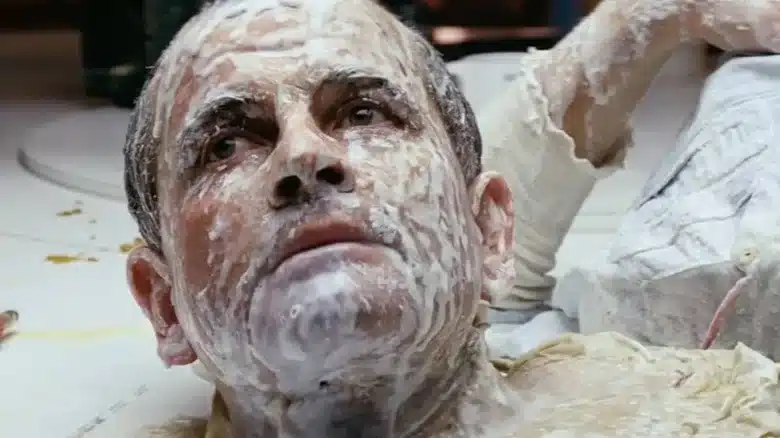The horror saga of “Alien” she’s back with a new chapter, “Alien: Romulus”which has already sparked controversy among fans and critics. The film, which debuted in cinema Americans last week, is positioned as an “interquel,” set between the events of the first and second films, and follows a new group of space explorers as they battle the dreaded Xenomorph.
The Controversial Use of AI to Bring Ian Holm Back to the Screen
In an unexpected nod to the original film, “Alien: Romulus” uses a technique that has been described online as “digital necromancy” to bring the British actor’s image back to life Ian Holmwho passed away in 2020. Holm, who played Ash, a crew member secretly an android known as a “synthetic,” was digitally “resurrected” to play another android, Rook.
The decision to use Holm’s likeness has already caused quite a stir among fans, but a new revelation has further inflamed the controversy. According to an interview with Los Angeles Times with the creators of the film, a system of Generative AI to make the actor’s voice Daniel Bettswho provided the voice for Rook, sounded more like Holm. This detail outraged some viewers, fueling debate over the use of AI in film and other creative industries.
The audience’s reactions and the director’s defense
Some fans they have expressed their displeasure on social media, claiming that there was no reason to make the character resemble Holm. “There is no reason why this character should be [Holm],” one fan tweeted. “This hurts everyone.”

In defense of the decision, the director Faith Alvarez he explained that big Part of Rook’s performance was done with an animatronic that looked like Holm, manipulated by puppeteers, with the help of CGI effects to enhance the look, while Betts provided facial capture and ultimately the voice work modified by generative AI.
“We’re not bringing someone back and saying, ‘Ian would have done it this way,’” Álvarez said. “Obviously he would have done it differently. We had an actor on set, working on the dialogue and with the other actors. It’s not like we avoided hiring an actor.”
Álvarez also said that Holm’s family approved the decision, saying it was done to honor her role in the Alien franchise. “We did it all very respectfully and always with the permission of her family, her children and her widow, who said, ‘We would love to see her image again.’”
The Future Implications of AI Use in Cinema
“Alien: Romulus” is not the first blockbuster to use digital effects to bring dead actors back to life, nor the first to employ AI. generative. However, seeing these two technologies used together raises significant concerns about the role of AI in industry. creative. The technology could potentially replace artists and actors, damaging the legacy of deceased performers who cannot express their opinion on how they come imitated and raises unresolved copyright issues.
Without a doubt, this is one of the most significant uses of AI generative into a major blockbuster to date. “Romulus” could therefore represent a crucial test to understand how this technology will be used in films in the future.
Conclusion: A new frontier or a misstep?
The use of AI to bring dead actors back to life, like Ian Holm in “Alien: Romulus,” raises important ethical and creative questions. It will be interesting see how the public and the industry will respond to these new technologies and what the implications will be for the future of cinema.
Follow us on social media, comment your opinions and share this article with anyone interested in AI and film. Your support is essential to continue exploring the impact of new technologies on the film industry.
#Alien #Romulus #Brings #Ian #Holm #Screen
